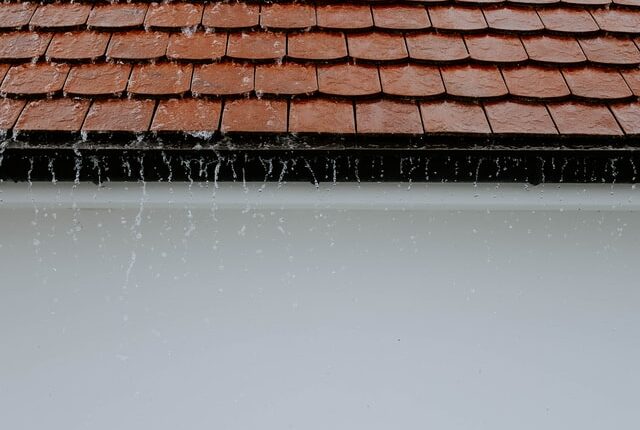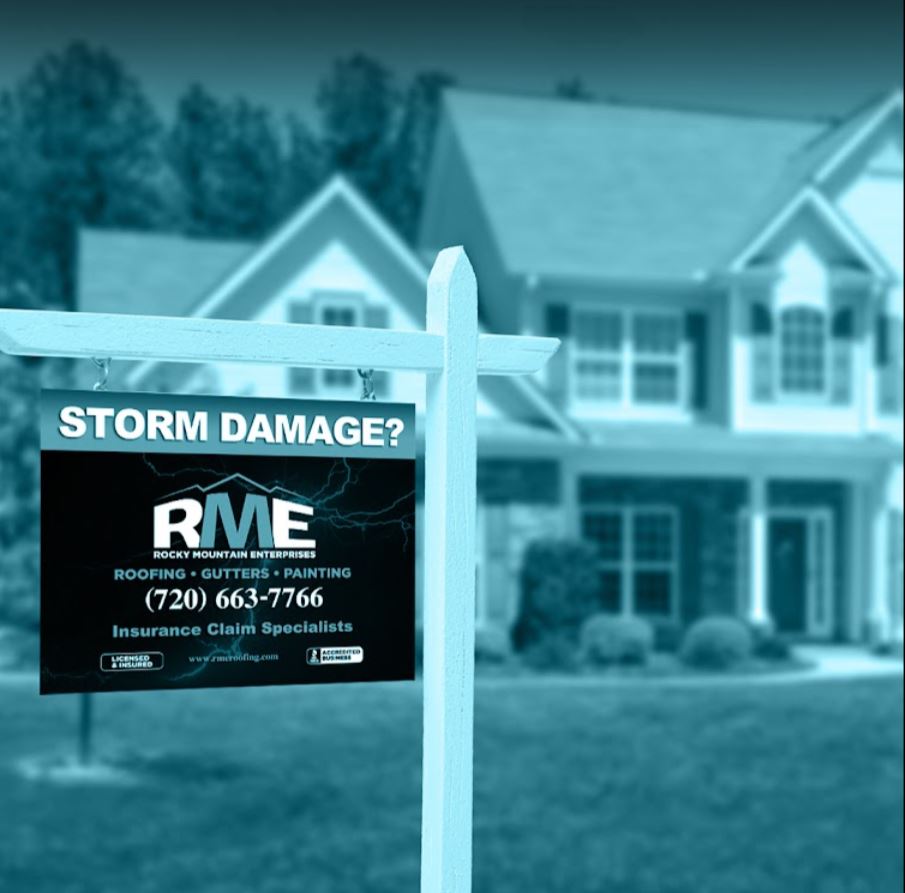For homes in Colorado and across the country, a leaky roof is an unwelcome issue. A leaky roof is a nuisance that can lead to water damage throughout your home, as well as costly roof repairs or, in the worst-case scenario, an entire roof replacement. Plus, you shouldn’t have to grab a bucket to catch the leaking water whenever a storm passes through.
Roof leaks are undoubtedly inconvenient. But, you can largely prevent this roofing problem by taking proper preventative measures. So, let’s cover everything you need to know about Colorado roof leaks. If a leak should impact your roofing system, you’ll have a better idea of how to deal with the issue.
What Causes a Leaky Roof?
Ice Dams
Ice dams present a major risk for roof leakage here in Colorado. An ice dam can form when the center of your roof is warmer than the edges. This causes snow at the center of the roof to leak to the edges, where it re-freezes and creates a ridge. When an ice dam forms on your roof, it can cause a few key issues.
For one, the ice dam will trap moisture on the surface of your roof. When roofing materials get wet, they need to dry out promptly to avoid damage. Additionally, the weight of an ice dam can strain your roofing materials and lead to damage.
Proper insulation and ventilation are some of the best ways to avoid the formation of ice dams during the winters here in Colorado. This will help regulate the surface temperature of your roof so that the center of the roof isn’t warmer than the edges.
Cracked Flashing
The flashing is the thin metal used to protect the inner layers of your roofing system from water damage. Since flashing plays a big role in the prevention of roof leaks, damage to flashing is a big risk factor for a roof leak. Flashing can break down over time and may be damaged in wind, hail, or rain. If roof flashing cracks, precipitation can seep into your roof, creating a leak. Having your Colorado roofing team inspect your roof regularly will help identify and amend flashing issues promptly.
Poorly Sealed Valleys
Roof valleys are the point at which two roof planes meet. In residential roofing systems, the valleys are generally sloped. So, if the valleys are poorly sealed, or if the sealant has broken down due to time, the elements, etc., the roof may start to leak. Moisture and water stains along the seams of a roof are clear signs that the sealant isn’t doing its job. Thankfully, roof valleys can be resealed to restore the condition of the damaged sealant. Ideally, this repair job will be done ASAP, before the roof starts to leak.
Shingle Damage
Damaged or broken shingles are common, especially after high winds or a hailstorm. You may notice broken shingles around your home after a big storm, or you may see bare patches on your roof. Shingles are important to the durability of your roof. So, if some shingles are damaged or missing, your roof will be more likely to leak. Damaged shingles should be replaced properly to avoid leaks and other types of roofing problems.
Signs of a Roof Leak
Spotting a roof leak early on after it occurs can help minimize the damage to your home. There are many possible signs of a roof leak that you can keep an eye out for, especially after a large storm, when leakage is more likely to occur.
Common signs of roof leaks:
- Water marks and stains on ceilings and walls
- Water stains on the rafters in your attic
- Peeling or bubbling interior paint
- Moisture in the paint or drywall near electrical outlets
- Moisture near fireplaces and air vents inside your home
- The sound of dripping in your home
- Curling roof shingles
- Rotting, discolored, and/or degraded roofing materials
- Moldy exterior walls
- Water-damaged siding
If you suspect that your roof in Colorado is leaking, contact RME today. Our skilled team can identify the issue and suggest the best solution to restore the strength of your roofing system.


